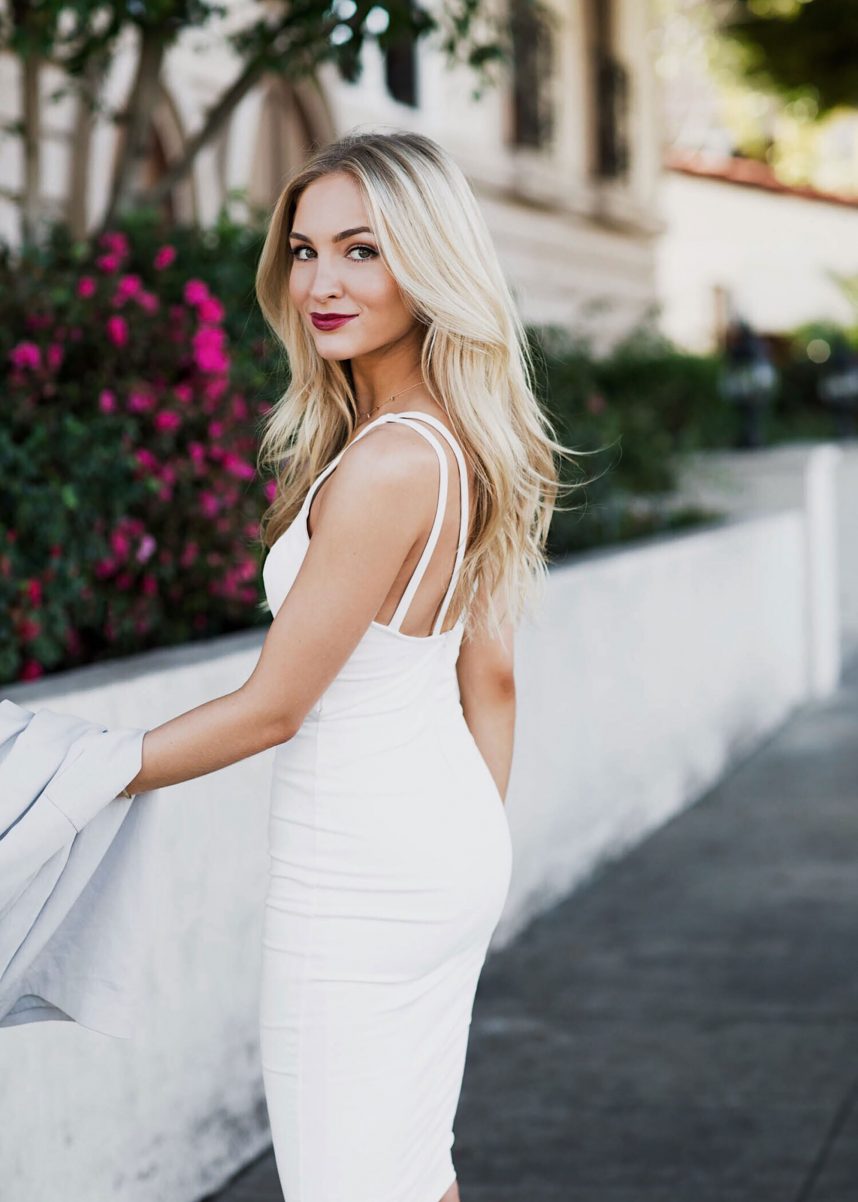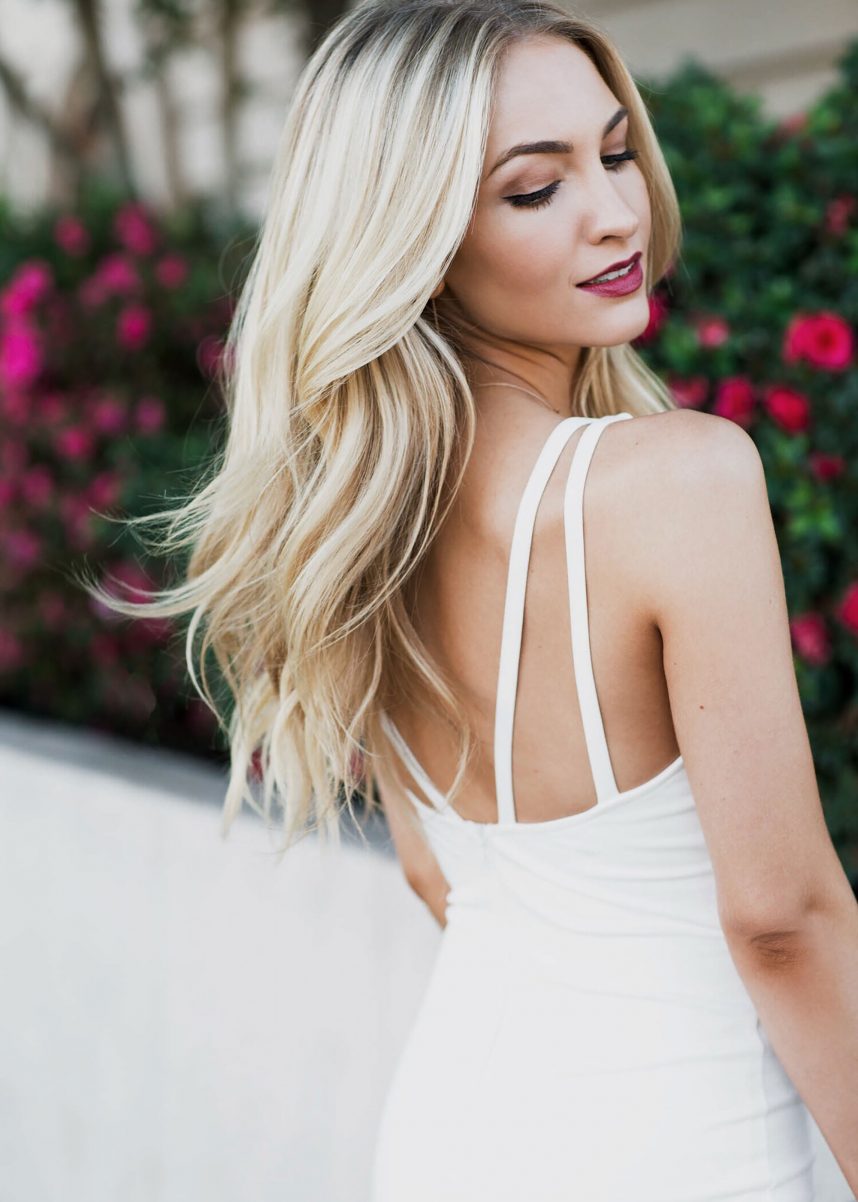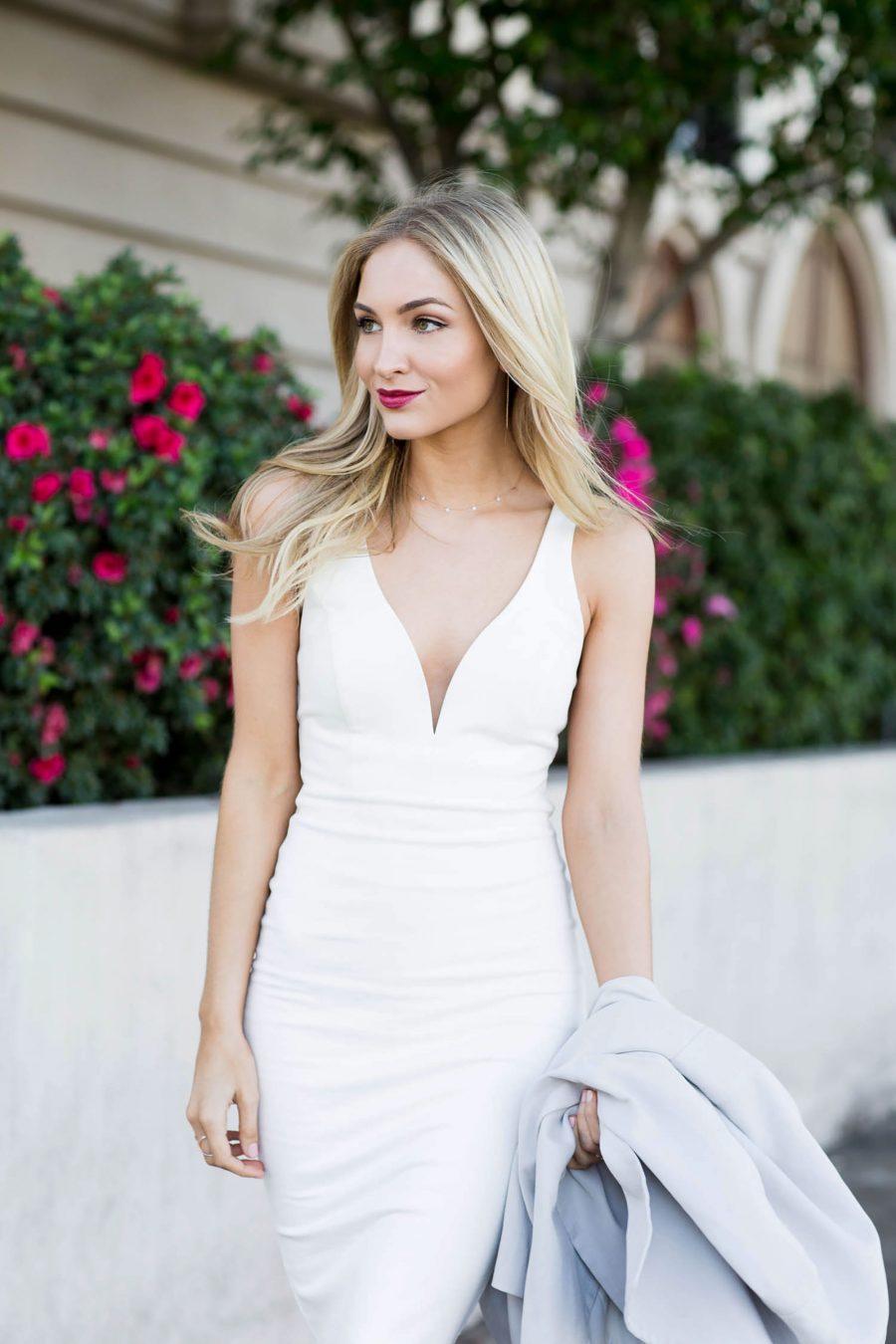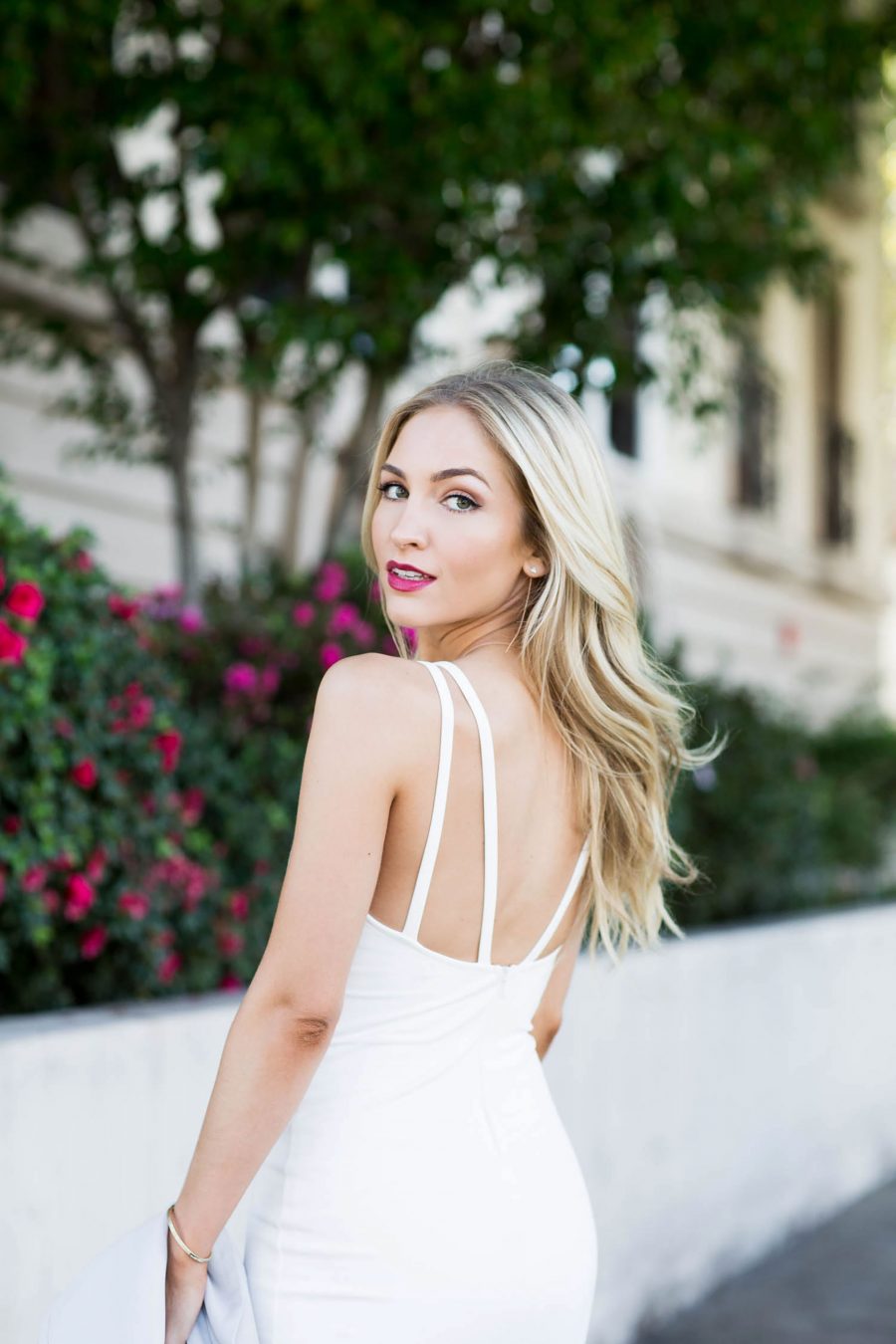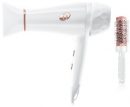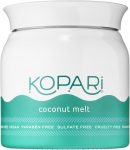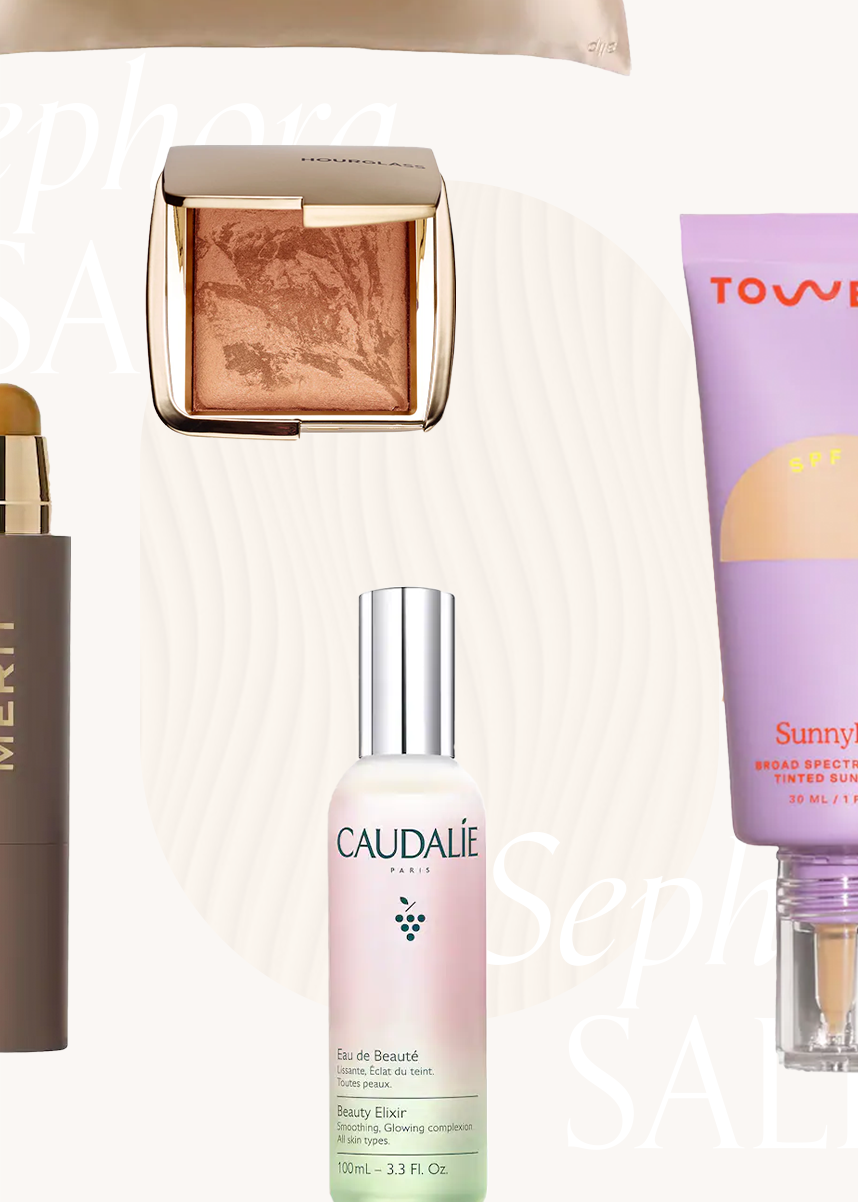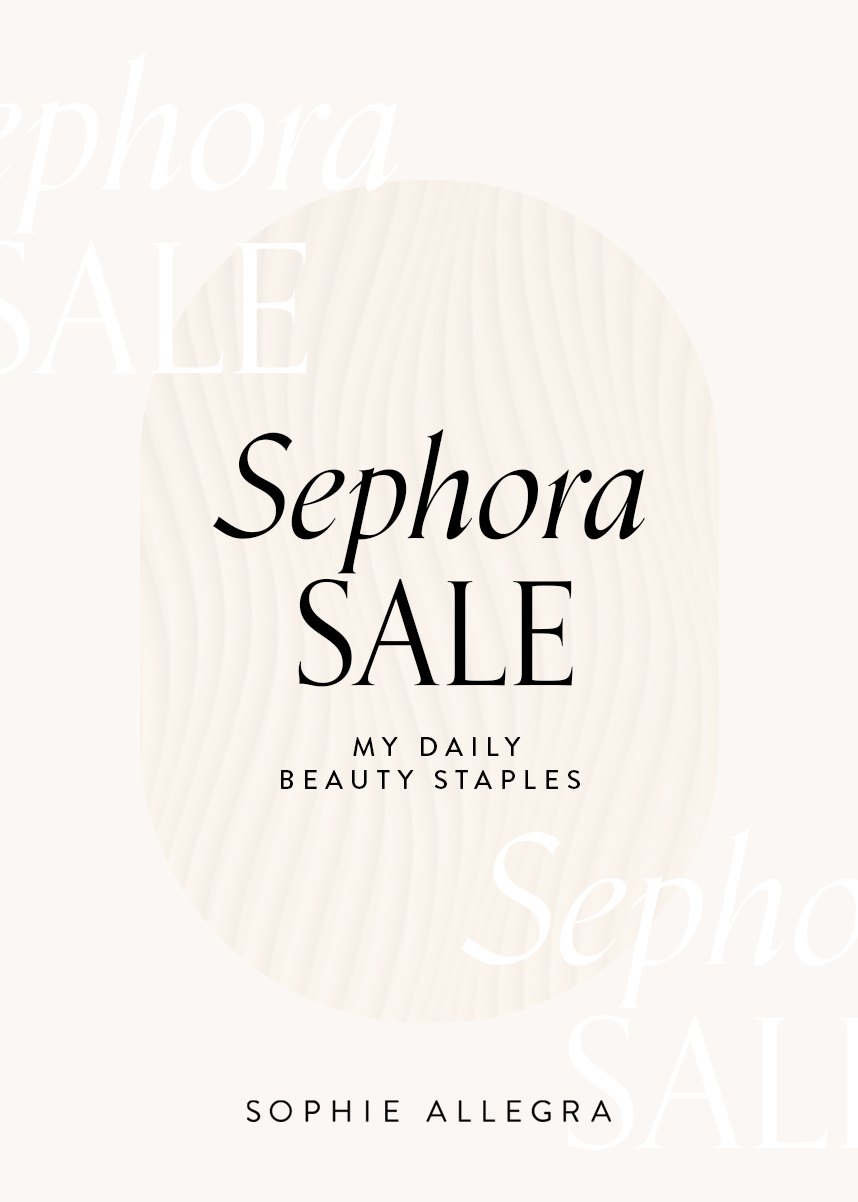This post has been one of the most requested topics to date.
I’ve been through it all with my hair: I’ve had waist long, thick and healthy teenage hair untouched by dye and hot tools. I’ve had broken, over- processed shoulder length hair. I’ve had hair scorched by a rogue New Year’s Eve candle (so long, four inches..) and way-too-blonde hair (during college years when the blonder, the tanner, the better). I’ve had inexpensive hair color and I’ve shelled out an arm and a leg for hair color. My hair is finally the healthiest it’s been in the last five years – it’s only been better as uncolored hair, and that’s not too realistic these days.
I go to Kadi Lee at 454 North Salon (formerly Goddard & Bragg) on Melrose and North Robertson in LA. She’s an incredible artist who counts Julia Roberts, Amber Valletta and Suki Waterhouse as clients. Kadi is amazing at achieving the most natural color with the least maintenance possible. Since she is also a close friend (and a beautiful person inside and out) I’ve enlisted her to answer your TOP questions about color and care below.
A little background on my hair: I’m naturally a wheat-blonde color. I don’t base color, I only highlight. I have very fine hair, but a lot of it, so overall my ponytail is much thicker than your average blonde. My hair used to have some texture to it (it used to air dry very wavy until my early 20’s) but now it air dries pretty straight (I attribute this to changing hormones, age, or a couple Brazilian Blowout treatments – don’t recommend those!) I’ve experimented with clip-in extensions while trying to grow my hair out, but only for events or photos, as I find them so uncomfortable. I’ve never had permanent extensions. Nowadays, I never use my clip-ins anymore. I came to Kadi two years ago with damaged, yellow hair, tons of split ends and she’s brought it back to life. Read on for her tips, plus my EXACT hair routine and the products I use below.
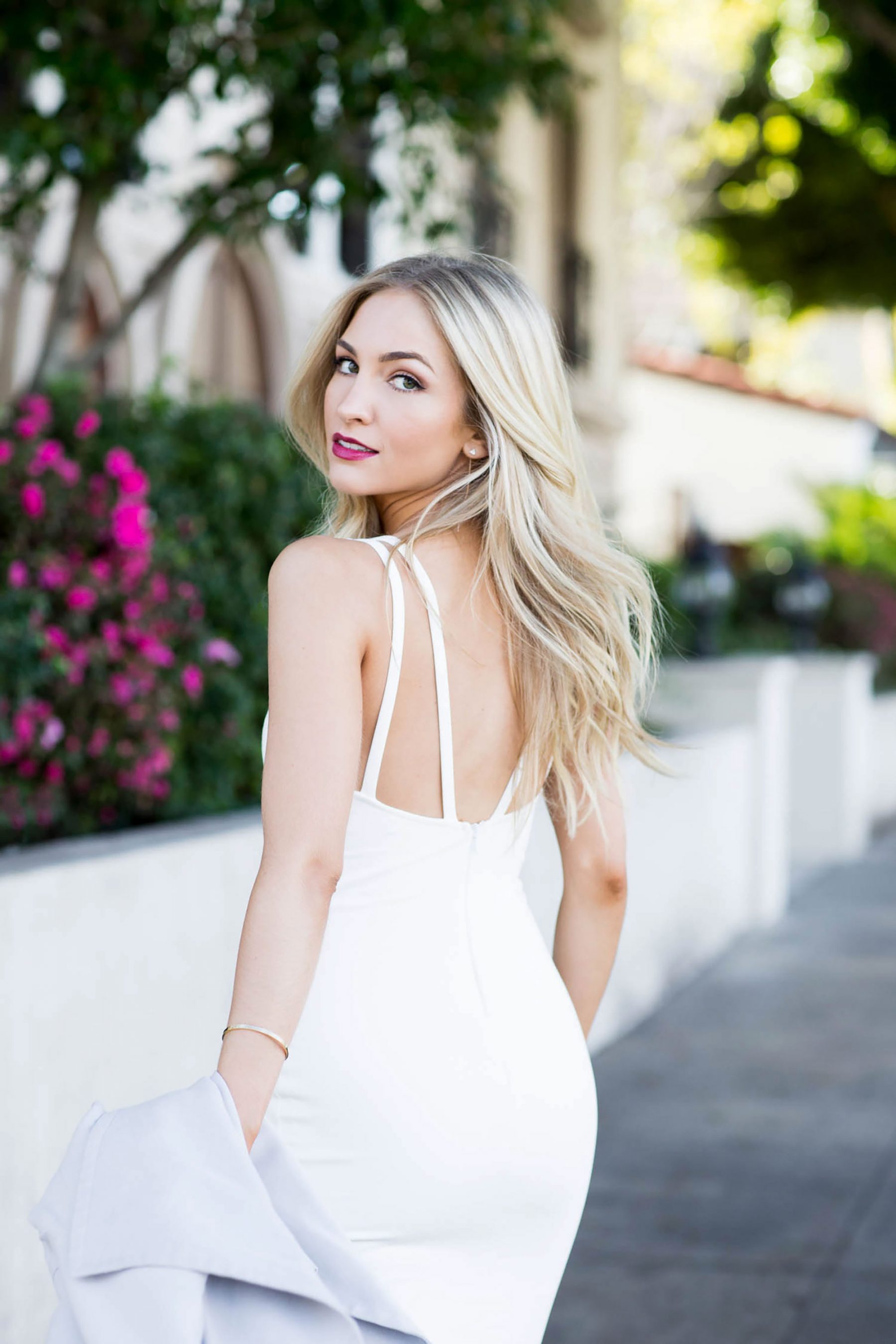
How do you achieve my hair color?
I do balayage, or “hair painting.” My preferred lightener is Solaris Poudr6, made by Eugene Perma, which is an “open air” lightener that can lift up to 6 levels. I am drawn to hair that never looks obviously colored, so I mix the Solaris powder with 40 volume developer. I only recommend this for experienced colorists – if your colorist has less than 5 years experience, I would recommend a 20 or 30 volume. I paint your highlights using 3 patterns of balayage – the single sweep, the V, or the graduated sweep. This combination ensures there is never a cookie-cutter uniformity, and the grown out is seamless, so you can go months in between appointments. After the highlights are processed, I rinse and use a clear gloss by L’Oreal for 3 minutes. This takes an edge off your natural color, brightens and adds shine.
How often do you recommend washing?
Twice a week, with a third rinse if necessary. It’s never a good idea to over-wash, but pollutants, sweat and product buildup is terrible for hair. If you must wash, do a thorough cool rinse without shampoo, and condition the ends. Many shampoos are too cleansing, which can oxidize color and cause brassiness.
How do you fix damage from extensions?
Damage comes from breakage at the root or the lengths; both are hard to reverse. First, break the cycle and stop wearing them! If you must, work with your stylist and colorist to match a set of clip ins to your color and wear them for special occasions. Hair vitamins and topical treatments also work.
If a client comes to you in serious disaster mode, what are the first steps to restoring healthy hair?
I always have a frank and straightforward discussion about how much length she is willing to part with. No matter how much conditioning and TLC is taken, once hair is over processed, it is very hard to get that hair to accept and hold onto toners. Lowlights are a gamble because the hair is usually so porous that there is no guarantee how the color will take. Patience was key with restoring Sophie’s hair – I had to slowly add highlights to new growth at the roots, and then take my time and select only sections of the end of her hair that felt healthy enough to lighten. We gradually pushed it lighter to escape the yellow tone she started with. Two years later, it’s a bright but natural blonde.
Which treatments do you recommend?
My absolute favorite at home treatment is Christophe Robin’s Prickly Pear mask. Olaplex has been a game changer. I don’t love Olaplex’s step 1 (which adds product to lighteners, because it slows the process down and changes the consistency of the color). I do love Step 2 and Step 3.
I also love a leave-in treatment like Serge Normant’s Dry Oil Finishing Spray, or Christophe Robin’s Moisturizing Hair Cream.
How can blondes avoid brassiness?
Everyone’s go-to answer is always “purple shampoo”. While a purple shampoo is great, I actually think a shampoo that helps to get rid of pollutants and impurities helps way more to brighten blondes while also fighting brassiness. My favorites are the Christophe Robin Volumizing Rose shampoo, or Frederic Fekkai Apple Cider Shampoo.
My favorite purple shampoos are Sachajuan or old school Clairol Shimmer Lights, but I can’t stress this enough- a little goes a long way! Overuse of purple shampoos can have an adverse effect and can really dull your blonde and make it have a gray appearance.
Any hair myths that need to be debunked?
That you must cut hair to grow it. Hair should be cut when severely damaged so that it doesn’t continue to split, but after that initial cut, keep it nourished and leave it alone.
Editor’s note – I think this is on a case to case basis depending on how much length you initially chop. After my hair caught on fire from a candle two years ago, I continued to have split ends and damage because it singed diagonally, not in one straight line that could be evenly trimmed off (unless I was down with a bob). I cut three inches bluntly, but it still wasn’t getting longer, and I was so frustrated. In addition to laying off the hot tools, I’ve been going in for a dusting every couple months and I do think it’s helped allow my hair to get longer by regularly creating clean edges that cannot split higher. I will eventually push back to twice a year trims. I agree with Kadi that simply cutting hair won’t “grow” it – hair is dead, cut ends won’t send a magic signal to the roots to then grow faster!
Cheaper at homes alternatives to fancy products?
Coconut oil, olive oil, and grapeseed oil. Do a mask, or add a tablespoon to your favorite conditioner, comb through evenly on damp hair, wrap in a bun or top knot, and leave in as long as possible. Wear it to yoga. Wear it to the beach. The heat from your scalp will make the treatment penetrate even deeper.
How can you tell which color will look most natural on a client?
I look at their natural color, pictures of them as children, and always take skin tone into consideration. If the client really wants a change, and is willing to put in the extra time and effort to adjust their makeup routine, I’m more apt to take risks and try a different color on them. There are the lucky few, like Julia Roberts, who literally looks great whether a blonde, strawberry blonde, rich red, chestnut, or deeper brown. We discovered that by pushing the envelope and taking chances.
MY ROUTINE:
Wash:
I shampoo and conditioner 2-3 times per week with Christophe Robin Volumizing Rose Shampoo and Christophe Robin Volumizing Conditioner. They smell like a rose garden, protect my color and never weigh hair down. Twice a month I’ll use Sachajuan Silver Shampoo, a brilliant purple shampoo, to avoid brassiness.
Dry:
Since I have to heat style so often, I’m extra careful when my hair is wet, since that’s when breakage occurs. After showing I towel dry with an Aquis Hair Towel, which gently absorbs moisture and avoids damage. I can’t live without my Wet Brush. Starting at the ends I comb through damp hair higher and higher until I reach the roots. Then I’ll use an rub an oil between my palms and lightly coat my ends. I love OUAI Hair Oil and the classic Moroccanoil Light, both smell so good. I use either Kerastase Cement Theremique or Kerastase L’Incroyable Blow Dry throughout lengths, which adds a lightweight and glossy texture that cuts drying time by a third.
Protect:
I let my hair air dry 50% while getting dressed and starting my makeup, which makes the drying process go by faster and protects against damage. I know this isn’t always possible for curly or wavy-haired girls who need to blowdry hair immediately to lock in a straighter texture, but since my hair dries straight regardless, I take advantage of this. I always have to immediately blow-dry those pesky wavy sideburn hairs though! I use Drybar Clips and my Ibiza Collection Round Brush to blow dry, along with my T3 Featherweight Hair Drier (seriously the lightest drier ever). I run a T3 Whirl Trio Wand through after to create a loose wave.
Extend:
Once my hair is clean, dried and styled, it’s my mission to leave it alone for as long as humanly possible, usually 3 days. I’m relentless about this – I plan my workouts around washing (barre and pilates classes on clean days; sweaty yoga, spin or boxing on dirty days). To accomplish this I absolutely must have dry shampoo for day 2 and 3. I use Oribe Gold Lust Dry Shampoo and Caviar Sheer Dry Shampoo. The first is a classic spray for roots, adding texture and a cleaner appearance. The second is a powder; you apply with the pump applicator and it instantly soaks up oil without that old-school powdery residue. It’s layerable without any heaviness. I also use Oribe Dry Texture Spray daily, which instantly creates the appearance of 30% more hair on your head. With these products, my hair still looks fresh on Day 2 and the beginning of Day 3 – but any longer and I’ll twist it into a sleek, center-part, low bun. Everyone’s oil production is different – some girls can go a week, others every other day, but for me this schedule is the best compromise between keeping hair healthy while looking clean, since I shoot photos almost every day.
I don’t need it while home in LA, but if I’m traveling anywhere humid, Living Proof No Frizz Shield is a savior. I don’t know how you girls do it in humid areas – if I lived in one I’d need your tips!
Nourish:
I don’t mask as often as I’d like; mostly because it’s messy and takes time. If I have a lazy Sunday or a slow day I’ll apply Kopari Coconut Melt from my ears down (any higher and it’s hard to get it out of your roots) or Christophe Robin Prickly Pear Mask. Both really make a difference – I should do them more! As Kadi mentioned above, regular coconut oil works too.
